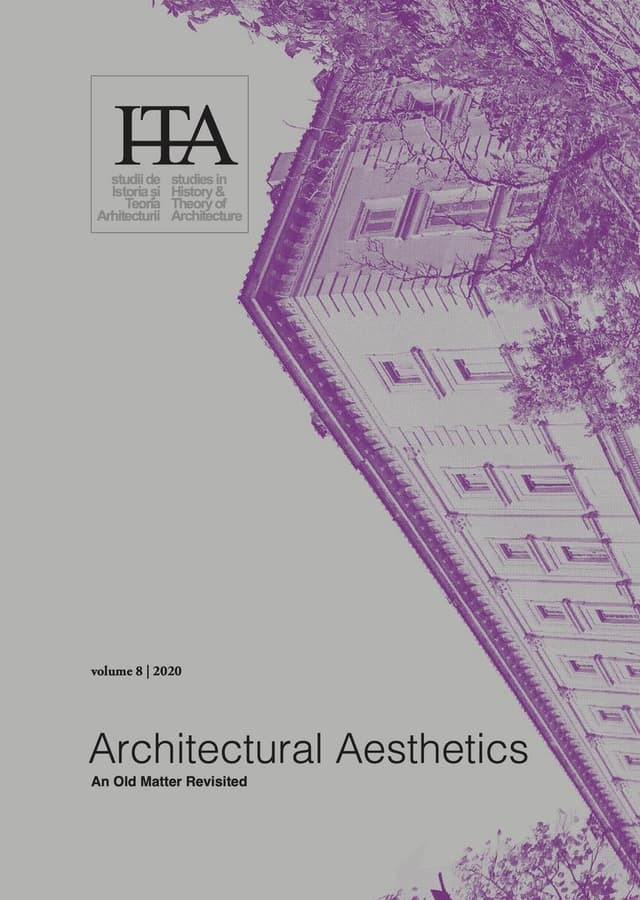Picturesque Features in Sir John Soane’s Museum
by
Thomais Kordonouri
Keywords
picturesque
gardening
ruins
communicative architecture
lighting
framing
Sir John Soane’s Museum in London is a work from the 19th century, completed by the architect Sir John Soane (1753-1837), and it is an example of a project where the notion of picturesque takes on varied forms. Through the research of this concept and its depiction in spaces of the building, we seek to understand Soane’s design principles.
Picturesque is defined in the context of the 18th century. The qualities of natural landscapes, the contrast between shade and lights, classical architecture and ruins, that were included in these scenes, were transferred by Soane into his design. The essay examines two specific spaces of the building where the relationship with the picturesque is notable. The first space is the Colonnade, which is characterized by a careful use of light on either side and framing, which creates the sense of wandering to non-realistic places. What follows is the Dome with the variety of fragments that give the sense of garden and the lighting which accents important objects.
In his picturesque rooms, Soane indicated objects and forms as communicative possibilities of architecture. He directed the gaze and the movement by giving meanings and hierarchy to different spaces when shedding light, using strong colors, creating contrasts, and carefully organizing the items and vistas he wanted to be viewed from each way. Also, by involving fragments in his compositions, he perceived architecture as an “unfinished” work. His design principles are valuable lessons not only for his students, but also for today’s architects.
Published in

Chicago citation style
DOI:
10.54508/sITA.8.14